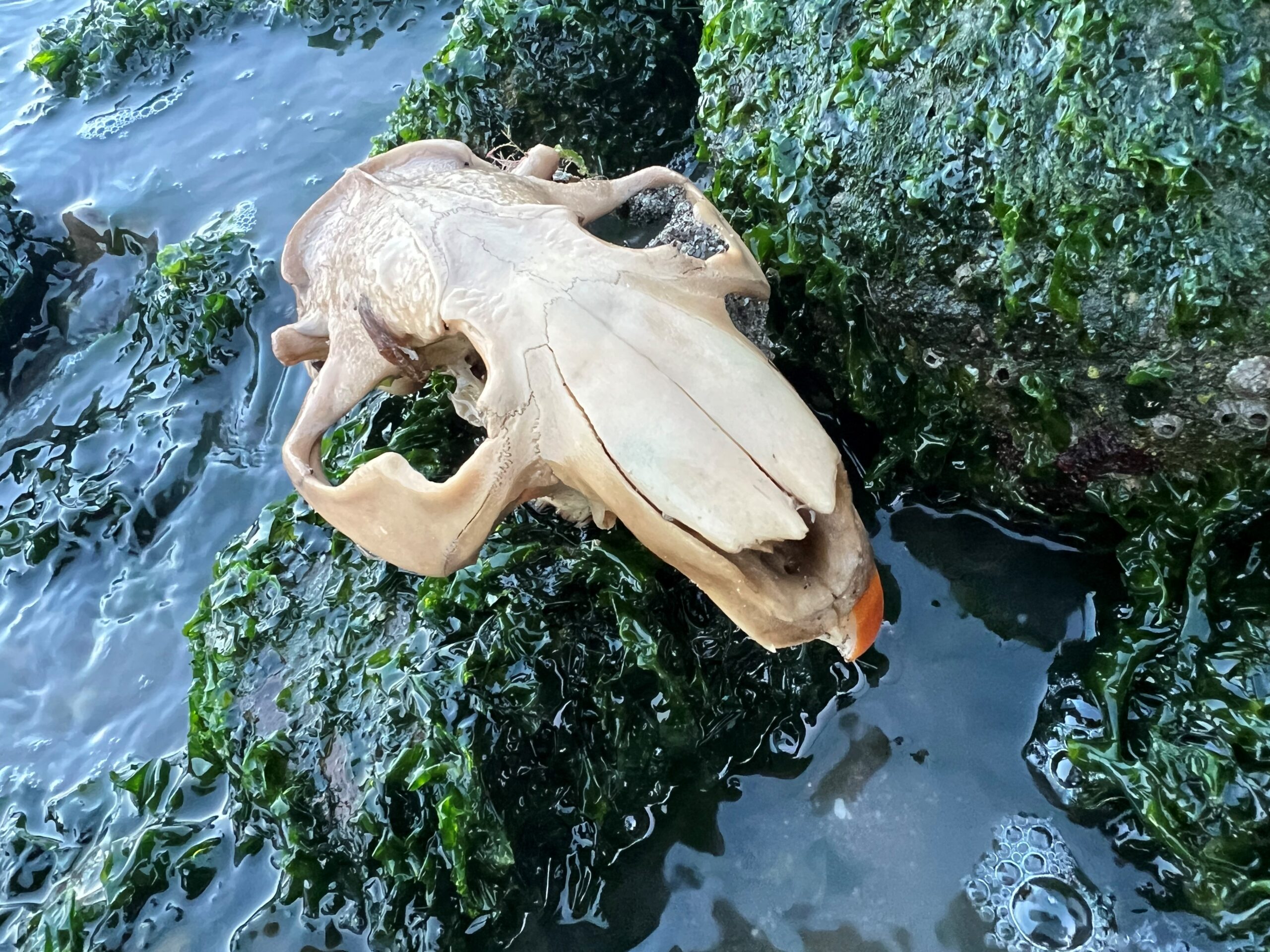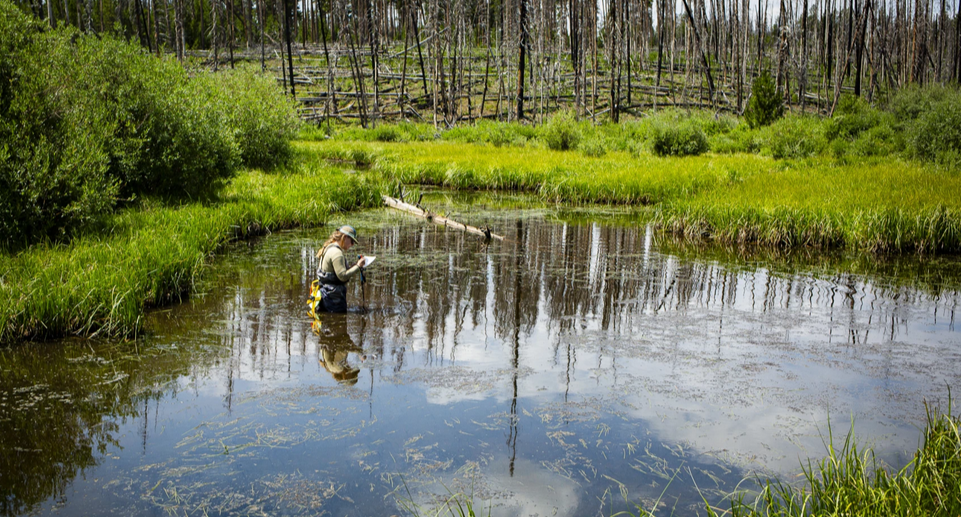This was a fun headine to come across:
First it was the dodo – now scientists want to resurrect the giant bear and jumbo beaver
At Colossal Biosciences in the US, scientists are already well on their way to reviving the mammoth, Tasmanian tiger (thylacine) and the dodo – but they have other creatures in their sights too.
Prof Beth Shapiro, chief science officer at Colossal, said she had a “very long list” of extinct animals she would like to see brought back.
“I would like to work on all of them because I’d like to learn more about the biology of these animals,” she told The Telegraph. “Carnivores would be cool.
I don’t think you can resurrect species just because :”It would be cool”. Aren’t there some kinds of ethics for scientists?
The giant beaver, castoroides, was an enormous rodent which also lived in North America during the Pleistocene and became extinct about 10,000 years ago. Recovered skulls suggest it could swim underwater for large periods, and had six-inch teeth.
Although bringing back animals from extinction has echoes of Jurassic Park, the team at Colossal hopes the techniques they are pioneering could uncover lost genetic traits from the past and ensure that no species alive today need ever go permanently extinct.
Um, NO. You aren’t going to prevent extinctions by creating Franken-beaver. Trust me on this.
The team is now delving far deeper into the past, hunting for ancient DNA which could lead to the discovery of entirely new species never found in the fossil record.
In recent years, experts have found fragments of DNA that date back two million years in Greenland, and it is possible that samples could be preserved from even further back in time.
However, Prof Shapiro said she would draw the line at ancient hominids and human ancestors, such as Neanderthals.
I assume your team of scientist occasionally have good ideas, Because this is a VERY BAD ONE.
We can’t even figure how to coexist with the size of beaver we have now.










































